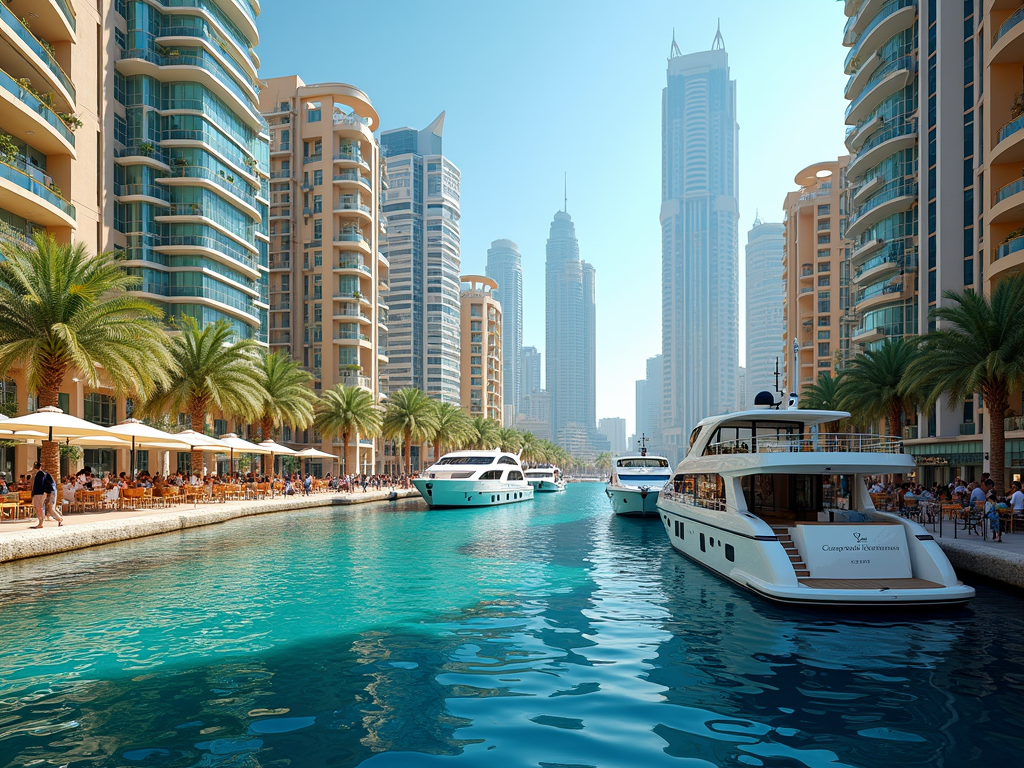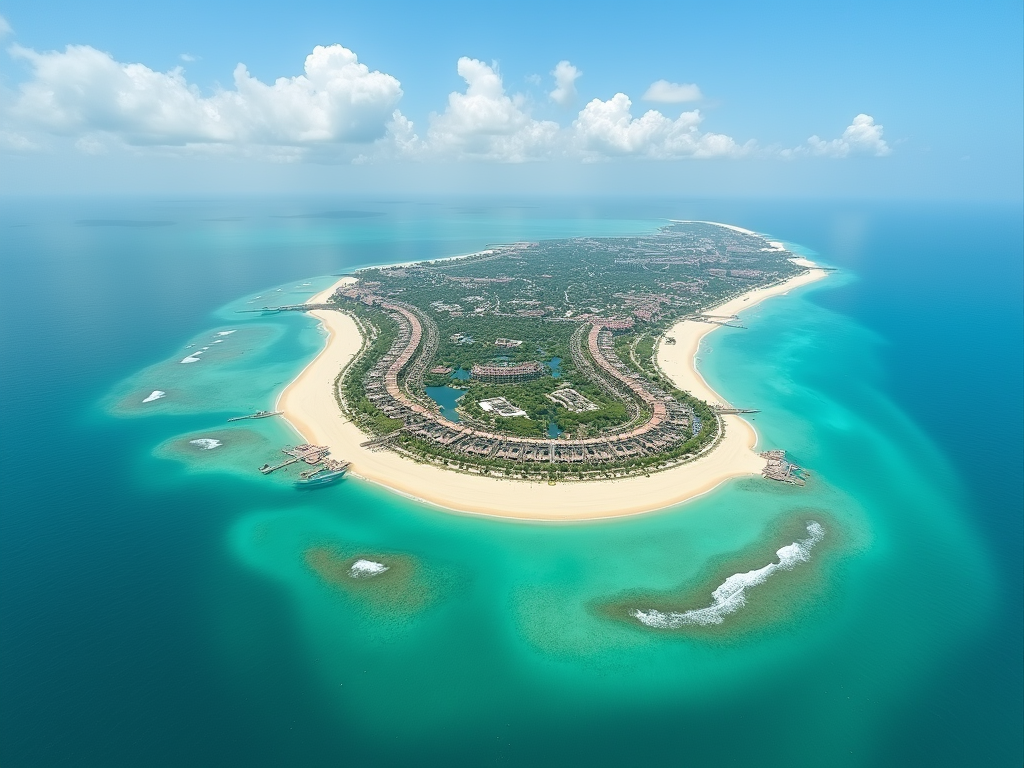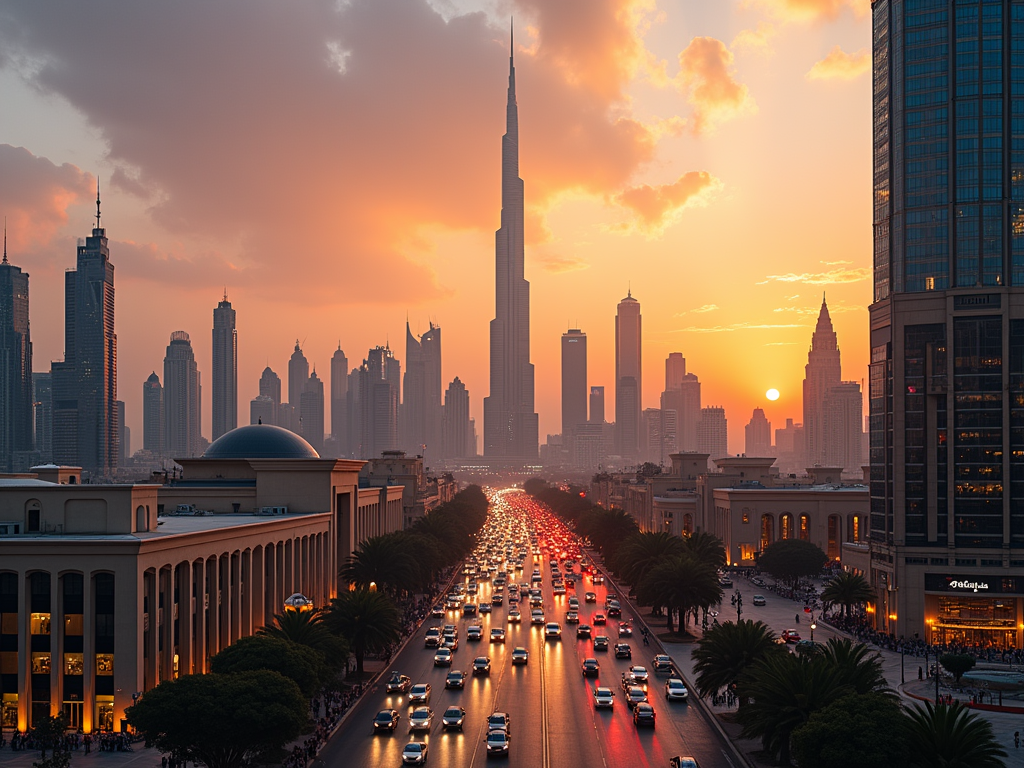Dubai’s skyline, recognized globally for its stunning architecture and modernity, owes much of its character to the visionary efforts of its real estate developers. These players are not just builders; they are pioneers of innovation and luxury, transforming barren desert landscapes into a bustling urban hub. Their dedication to high-end developments, sustainability, and futuristic design has led to iconic structures that define the city. By integrating cutting-edge technology and contemporary aesthetics, real estate developers in Dubai are continually shaping the skyline and influencing urban living. In this article, we will explore how these developers are impacting Dubai’s architectural landscape and contributing to the city’s global reputation.
Visionary Projects Transforming the Urban Fabric

At the heart of Dubai’s skyline revolution are several visionary projects that have not only defined the city’s aesthetic but have also set benchmarks for urban development globally. Developers are responding to the needs of a fast-growing population while aiming to enhance the quality of life through innovative and sustainable designs. The commitment of real estate developers to creating structures that cater to various sectors, including residential, commercial, and hospitality, plays a significant role in this transformation. Here are some standout projects leading the charge:
- Burj Khalifa – The tallest building in the world, a symbol of engineering triumph.
- Dubai Marina – A futuristic waterfront community with luxury living and leisure options.
- Dubai Mall – A commercial landmark that combines shopping, entertainment, and tourism seamlessly.
- One Za’abeel – Home to the world’s highest building and an icon of modern architecture.
- The Palm Jumeirah – A man-made island that offers luxury residences and unmatched ocean views.
Innovative Designs and Sustainable Practices

Dubai’s real estate developers are increasingly prioritizing innovative designs and sustainable practices, reflecting a commitment to the environment while catering to modern urban needs. New projects often incorporate sustainable materials, energy-efficient technologies, and green spaces that enhance the overall living experience. Sustainability is an integral part of many developments, with initiatives aimed at minimizing ecological footprints and promoting harmonious coexistence with nature. Developers are also focusing on creating adaptive spaces that cater to the evolving lifestyle demands of residents and businesses alike. Some key sustainable practices include:
- Integrating renewable energy sources such as solar panels in buildings.
- Utilizing water conservation techniques in landscaping and construction.
- Incorporating smart technology for energy management in residential and commercial properties.
- Designing buildings with green roofs and vertical gardens.
Influencing Economic Growth and Tourism
Real estate developers play a pivotal role in Dubai’s economic growth and its position as a major tourist destination. The construction of landmark buildings and luxurious developments attracts international business, investors, and visitors, significantly boosting the local economy. Developers often collaborate with government entities to create projects that fulfill the vision of Dubai as a global city. This cooperation is crucial for the establishment of a robust infrastructure, including transportation systems, entertainment venues, and public spaces, which collectively enhance the tourism appeal of the city. Some economic impacts include:
- Creation of jobs in construction, hospitality, and retail sectors.
- Increase in foreign direct investment due to attractive real estate offerings.
- Enhancement of property values through high-profile projects.
- Continuous influx of tourists seeking luxury experiences in iconic locations.
While Dubai’s real estate sector is booming, developers do face several challenges that could impact their future projects and the city’s skyline. These challenges include fluctuating market conditions, regulatory changes, and competition among numerous developers. Ensuring the sustainability of their projects requires continuous investment in new technologies and practices, which may strain resources. Additionally, as global economic conditions evolve, developers must adapt to changing consumer preferences and maintain the allure of luxury in their offerings. Key challenges include:
- Adapting to dynamic market demands and consumer expectations.
- Navigating complex regulatory frameworks and obtaining necessary approvals.
- Managing financial viability amidst competition and market fluctuations.
- Addressing environmental concerns while remaining profitable.
Conclusion
Dubai’s real estate developers play an indispensable role in shaping the city’s skyline, combining vision and innovation with economic foresight. Their efforts in creating landmark projects not only redefine what an urban landscape can look like but also significantly contribute to Dubai’s growth as a global city. As they continue to embrace sustainability and adaptability in their designs, the skyline of Dubai is poised for further transformation, ensuring that it remains a stunning symbol of modernity for generations to come.
Frequently Asked Questions
1. What role do real estate developers play in Dubai’s economy?
Real estate developers significantly contribute to Dubai’s economy by creating jobs, attracting foreign investments, and enhancing property values through iconic projects.
2. How do Dubai’s developers ensure sustainability in their projects?
Developers focus on using sustainable materials, implementing energy-efficient technologies, and creating green spaces to reduce ecological footprints.
3. What are some of the most iconic structures built by real estate developers in Dubai?
Iconic structures include Burj Khalifa, Dubai Marina, Dubai Mall, One Za’abeel, and Palm Jumeirah, which showcase the city’s architectural innovation.
4. What challenges do developers face in Dubai’s real estate market?
Challenges include fluctuating market conditions, regulatory hurdles, competition, and the need to adapt to changing consumer preferences.
5. How does tourism influence real estate development in Dubai?
Tourism drives demand for luxury accommodations and commercial spaces, prompting developers to invest in projects that enhance the city’s appeal to visitors and investors.
